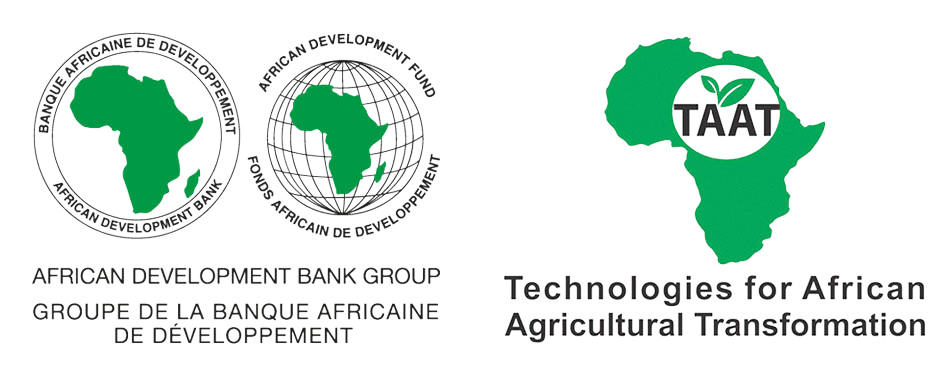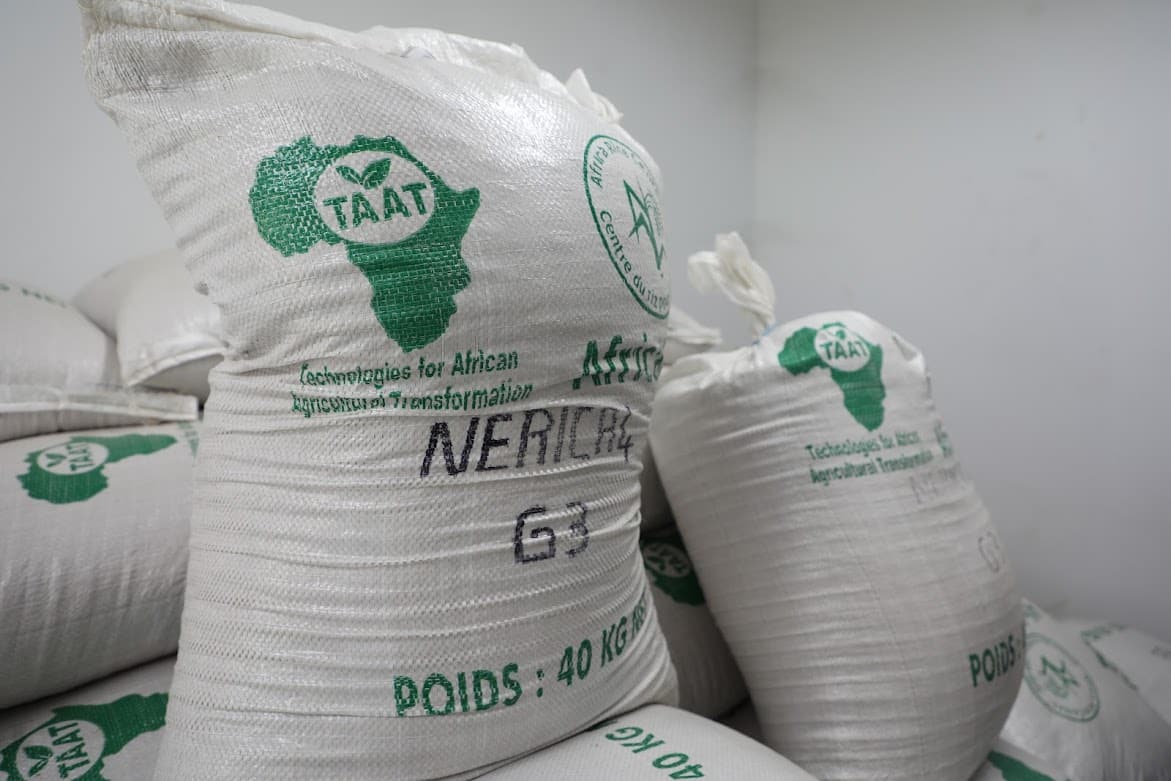TAAT gets $27 million boost for emergency production of 120 million tonnes of food
The African Development Bank is set to release an additional $27.41 million to implement Phase II of its flagship agricultural initiative, “Technologies for African Agricultural Transformation” (TAAT).
The goal is to increase farming households’ productivity and incomes by giving them access to climate-resilient technologies in 36 low-income African countries by 2025. The decision to make this new disbursement was taken in Abidjan by the Bank Group’s Board of Directors on Friday, 15 July 2022.
The decision is part of the Bank’s $1.5 billion African Emergency Food Production Facility, a continent-wide initiative to avert an impending food crisis exacerbated by the war in Ukraine.
“The Bank is well positioned to harness the power of the science, knowledge and innovation needed to catalyse Africa’s agricultural transformation through this investment. The Bank already has extensive experience in agricultural development assistance in Africa, and this additional funding will help us to consolidate the achievements of TAAT-I,” said Beth Dunford, African Development Bank Group Vice President for Agriculture and Human and Social Development.
“TAAT-II will help to address the challenges of strategic and economic diversification and will support the implementation of national strategies to boost agriculture and agribusiness to create jobs (green jobs), especially for young people and women,” she continued.
Committed to unlocking Africa’s agricultural potential – the continent has 60% of the world’s available arable land – and driving forward its “Feed Africa” Strategy, the African Development Bank launched the TAAT initiative in 2018. This major, continent-wide initiative aims to boost agricultural productivity in all parts of Africa.
The programme aims to double the productivity of crops, livestock and fisheries by making proven technologies available to more than 40 million agricultural producers by 2025. This will produce an additional 120 million tonnes of food and lift 130 million people out of poverty.
With this additional new funding, TAAT-II will work in partnership with African countries to support the implementation of the $1.5-billion African Emergency Food Production Facility. This facility was set up by the Bank in May 2022 to help African countries obtain additional resources for agricultural production to guard against an impending food crisis due to the war in Ukraine.
It aims to provide certified seeds, fertilizers, extension services and post-harvest management technologies to 20 million farmers. It is expected to produce an additional 38 million tonnes of food (11 million tonnes of wheat, 18 million tonnes of maize, 6 million tonnes of rice and 3 million tonnes of soybeans) worth $12 billion over the next two years.
All 36 low-income countries covered by the African Development Fund, the Bank Group’s concessional arm, are eligible to apply for TAAT-II, which continues the goals of TAAT-I: to increase agricultural productivity and household incomes by extending access to climate-resilient technologies, especially in low-income African countries, by 2025.
TAAT-II will support these countries in implementing the Facility through policy and institutional reforms designed to accelerate the provision of fertilizers and climate-resilient seeds.
Since its inception in 2018, TAAT has galvanised the investment of more than $800 million in agricultural value chain projects in 21 African countries. It has also mobilized $500 million in co-financing from the World Bank, the International Fund for Agricultural Development (IFAD), the Islamic Development Bank (IsDB), the Global Environment Facility (GEF) and other organizations, such as the Bill & Melinda Gates Foundation that support the TAAT Clearinghouse operations.
Countries that benefited from TAAT-I have substantially increased production and commercialization, raised farmers’ incomes and created job opportunities for women and youth. TAAT-I provided over 61,000 metric tons of heat-tolerant wheat seed varieties to Ethiopia. The seeds have enabled Ethiopia to boost its cultivated areas of wheat production from 50,000 hectares in 2018 to 167,000 hectares in 2021 and to 400,000 hectares in 2022. In addition, Ethiopia has not imported wheat this year and is now producing wheat on 650,000 hectares and is on track to cultivate 2 million hectares next year. The country harvested 2.6 million tons and plans to begin exporting to Kenya and Djibouti next year.
Based on the results of TAAT-I, TAAT-II will strengthen national and regional seed-production systems to provide farmers with sufficient climate-resilient seeds, using a market-based model and helping local private sectors spread technologies and services (seeds, fertilizers, extension) on a larger scale in villages.
TAAT-II incorporates a nutrition compact (soybeans, vegetables, orange flesh sweet potatoes and high iron beans to develop nutrient-rich commodities and contribute to raising awareness and improving the adoption of foods with high nutritional values.



